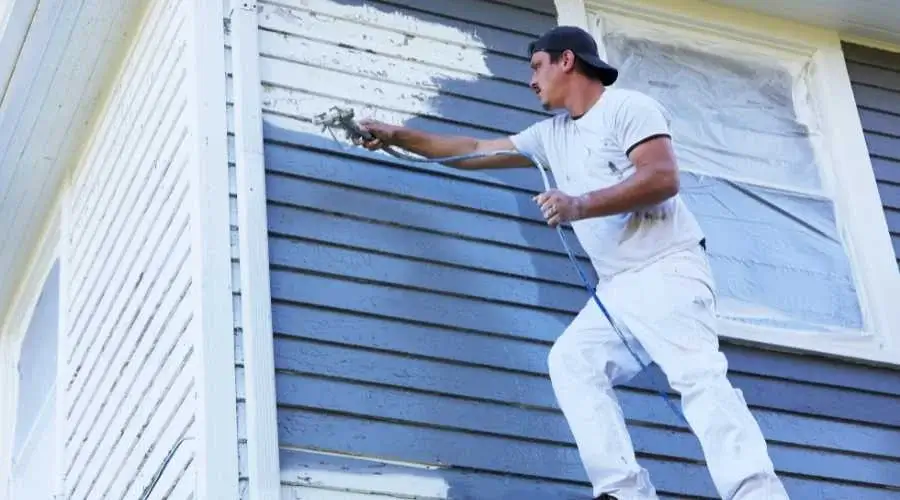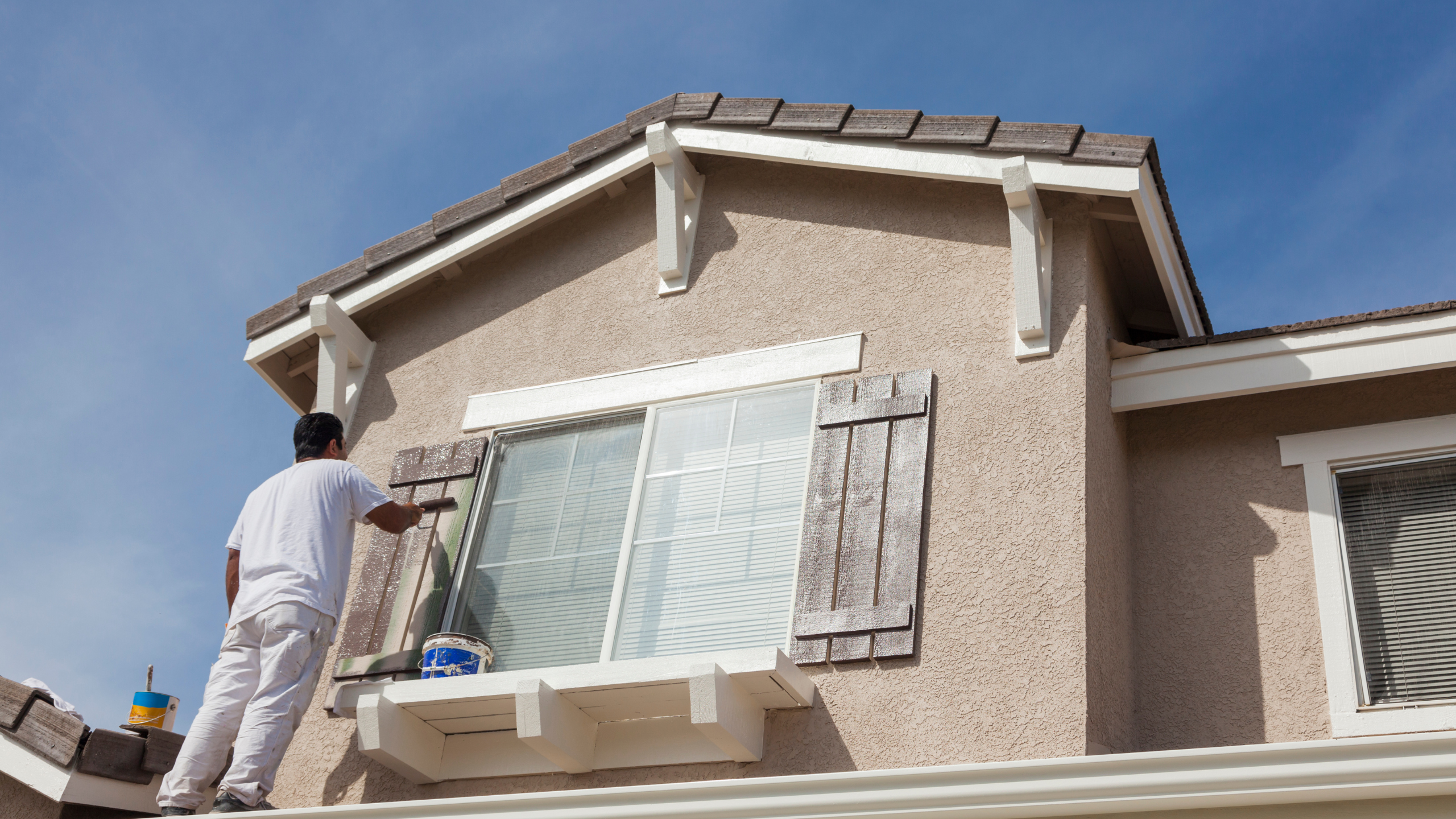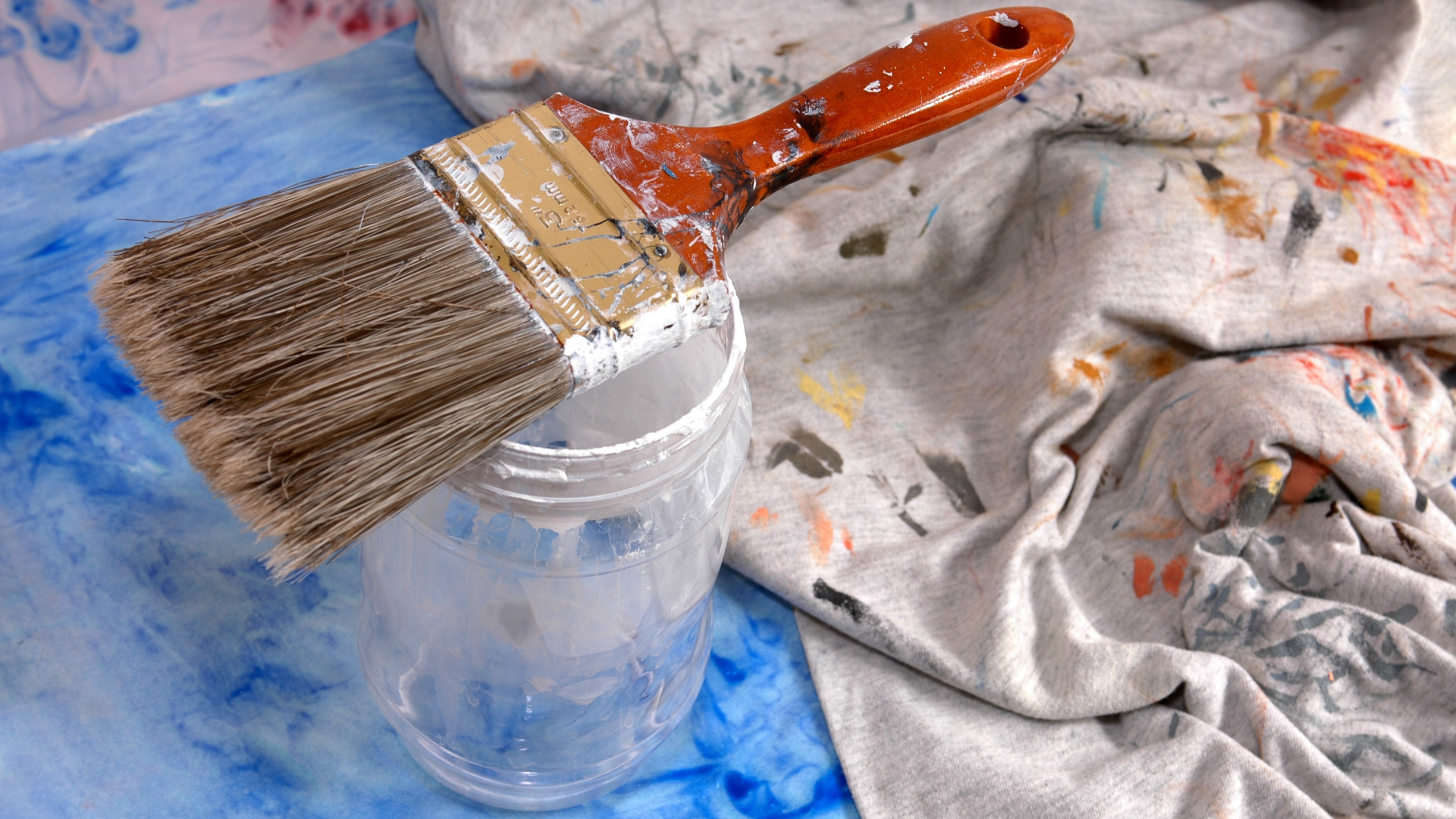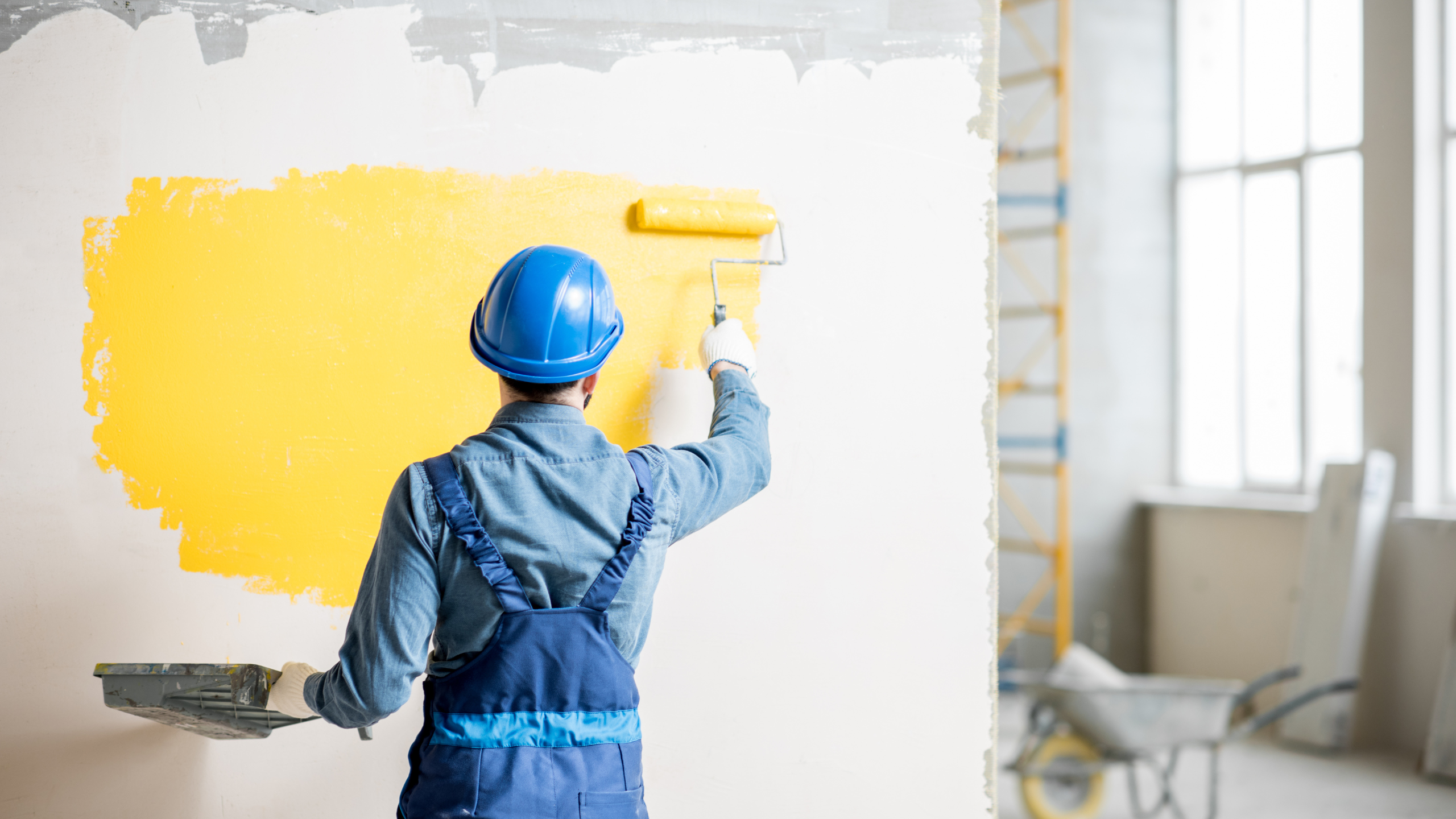You cannot paint the outside of your home at any time of the year. After all, you’ve most likely never seen someone painting while perched on a ladder during the bitterly cold months. So why do exterior paint jobs appear to happen just during a particular season of the year? Hint: it’s not only that no one wants to spend the entire day outside painting since it’s so cold!
What is the Ideal Season to Paint Outside?
Your paint job needs to be in good condition for the weather to cooperate. This is due to the fact that the atmosphere and temperature at the time of application directly affect how the paint dries.
When there are warm, dry days, it is when you should make your decision. Another smart move is to check the forecast for the few days leading up to and after your painting day. If it’s been raining recently, your siding may require a few days to properly dry before painting. In order to prevent rain from falling while your paint is still curing, you should do the same the day after application.
You should also take precautions against sudden fluctuations in temperature from day to night. If the temperature is perfect throughout the day and then drops significantly after sunset, the paint will react and not cure properly. Again, this can lead to a surface that isn’t completely smooth and might even begin to peel and crack.
What kind of weather is ideal for exterior painting? The best weather is often experienced in the early summer and early fall, when there is little risk of precipitation and little difference in temperature from day to night. This will ensure that the paint can be applied without difficulty and has a chance to completely dry and cure.
What is the Optimal Temperature?
The summer is the ideal time to paint your outside, as we’ve already mentioned. Although summer typically gives us dry weather and little to no rain, it also brings with it extremely high temperatures. The paint may dry too rapidly if it’s too hot outside, leading to a less-than-ideal finish. As a result, freshly painted surfaces end up with ugly brush strokes and often dried-on paint clumps. (Not to add that no one should attempt to paint outside in the scorching heat.)
Pick a day that won’t be too hot whenever possible. The humidity levels should also be taken into consideration. Paint normally dries the quickest in the least humid conditions. Early summer and early fall often offer the best temperatures, depending on where you live and the season. You’ll probably enjoy fantastic painting weather if you stick to these seasons!
What Are the Things to Avoid?
Don’t paint while it’s raining outside!
Avoid painting on days that are rainy, and make sure all surfaces are completely dry before you begin. This is important if you want a perfectly even application.
Avoid painting when the temperature is too high or too low.
You shouldn’t try to paint outside in the middle of winter because it’s normally too cold for the paint to be able to properly dry and cure. Some days may be regarded unsuitable for painting due to the effects that extreme heat might have on how the paint dries. Remember that the paint will continue to cure at night, so make sure the environment is ideal. It actually depends on the specific type and brand of paint you’re using because they’re all a little bit different. If you’re not sure whether the weather is appropriate for painting outdoors, consult an expert. (You can ask your painter or paint supplier for help.)
Do not attempt to paint in the off-season.
The majority of people stop painting after November because it’s typically too cold, but if you live in a northern region, you may be able to continue painting into the fall. Because the weather is mild enough there, certain southern locations can continue painting deep into the winter.
The optimum time to paint will actually mainly depend on the weather in your area, but if you follow these general recommendations, you’ll be sure to have a flawless finish.





